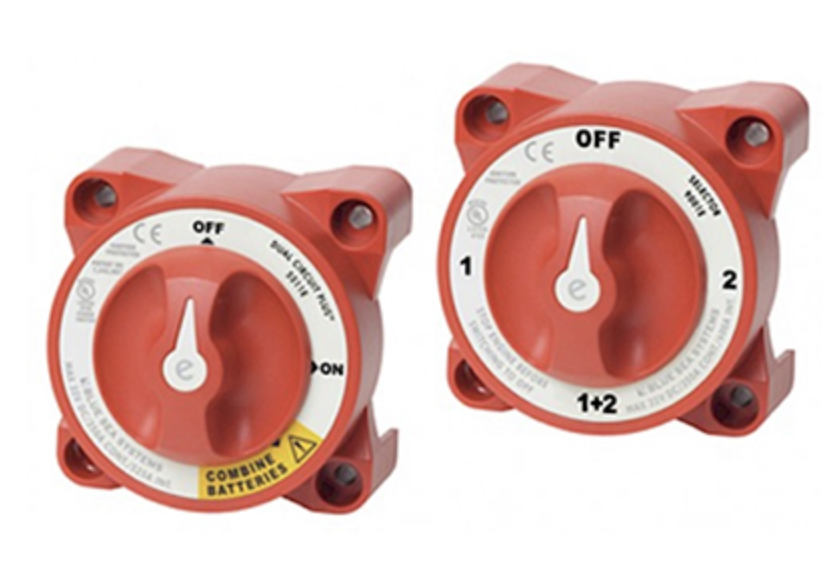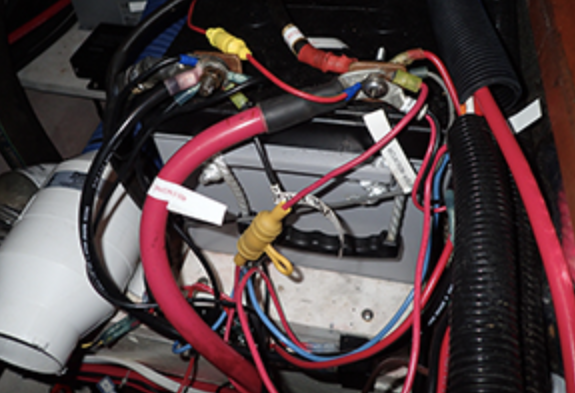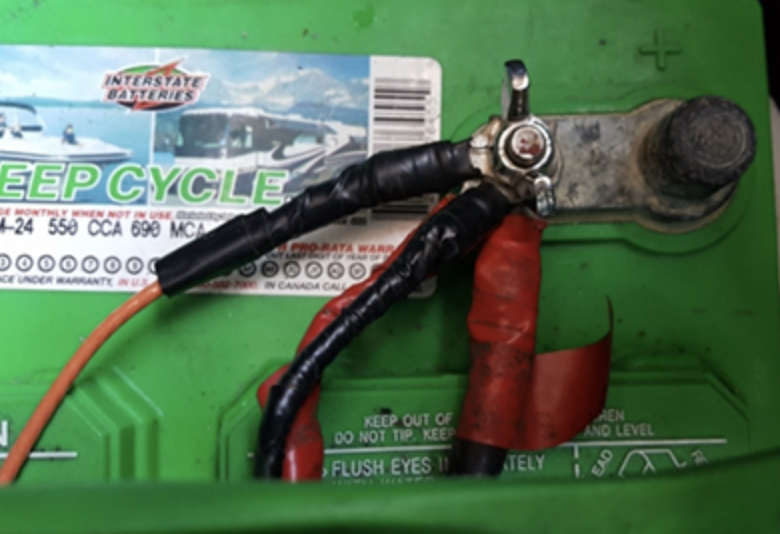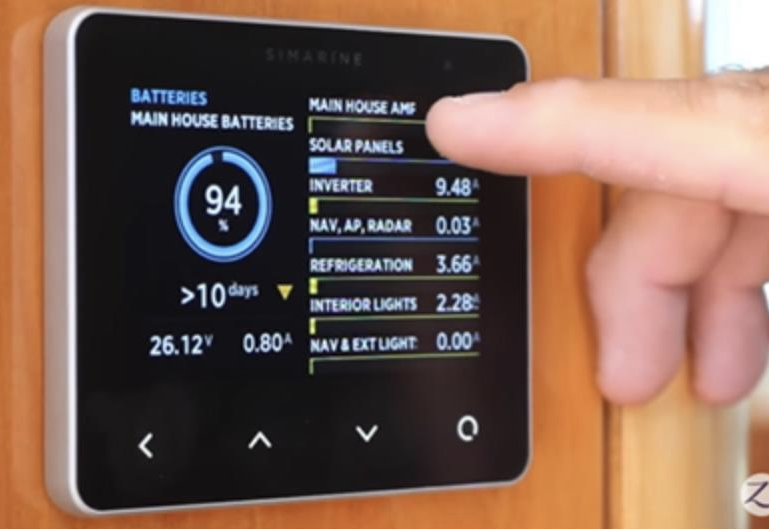Ask Andrew: Diagnosing Battery Drain – Part 2 The Fix

Last week we explored how to diagnose battery drain – the unexplained dead battery that ruins all boating plans. The problem rarely ends with diagnosis, however. Most of us can agree, the only thing worse than discovering a flat battery at the turn of the key, is the worry that keeps you awake during the week wondering if it will happen again!
Once identified, problems can be addressed – lets look at some of the most common faults, and how to implement some preventative strategies.
Beginning with last edition’s diagnosis, including performing an amp-draw test, we’re left with two results:
1) Amp-draw was discovered in one of the wires on the battery’s positive terminal.
Once discovered, the wire in question can be traced and identified. It’s important to note that amp draw will only pinpoint a draw that’s happening during the test – meaning that it will point to one of a few likely culprits:

a) A load that is wired directly to the battery, that is unintentionally always on. In many cases, items like GPS units and stereo may include directions that instruct the installer to wire directly to the battery. Instructions like this may not be ideal for every boat (since every boat is different), and are really written as a straightforward way to get power to the appliance in the greatest number of applications.
Whenever an appliance or load is wired directly to the battery, it will need to be manually powered down to prevent the battery from draining
b) A load that is designed to be a constant draw. This is an intentional design from the manufacturer in order to make their products work well – sometimes without consideration for the boater’s battery. These loads can include Power Poles, ‘Smart’ gauges, battery monitors, corrosion-protection systems, and GPS deck-mounted pucks.
Each of these items draw a very low amount of current, constantly. If left for weeks at a time, the result will be a dead battery.

2) Amp-draw was not discovered. What this really means is that the amp-draw wasn’t happening at the time of the test. A bit more investigation may be needed in this scenario. In this case, a flat batter could be caused by:
a. A float-operated bilge pump to cycle regularly. In some cases, bilge-pump cycling may be caused by a fault or stuck float, or by debris preventing the pump from turning off. In other cases, heavy rainfall or a leak may be raising the water level often.
b. A switch left on. It happens to the best of us – either if forgotten, or accidentally bumped to the on position.
c. The key left to the on or accessory position
Whether amp-draw was discovered during the test or not - here are a few ways to proactively address the issue:
- Install a battery switch between the battery and the loads. This switch can be a simple ‘on/off’ switch, allowing you to choose when current is available to those loads that are constantly drawing from the battery. When leaving the boat for an extended, turn the switch to off to keep the battery from drawing down in your absence
- Determine if there are options to wire devices via a switch (a key or panel switch), rather than direct constant draw from the battery. This allows greater flexibility between loads that you want to be constantly powered, vs those that you don’t
- Install a battery charger and use it appropriately

- Install a battery monitoring system (many modern systems allow you to monitor the battery via a smartphone) so that you can see if there are any patterns with loads cycling on/off, and alert you to the need to charge the battery before trying to leave dock.
The off season is a great time to track down and address some of these issues. In many cases, preventative maintenance is the key to bigger and most costly issues down the line. I would recommend performing an amp-draw test whenever a new appliance is installed or changed, and at the first sign of any battery drain issues.
As always, contact a qualified marine technician if you aren’t comfortable working through the test or repair processes.